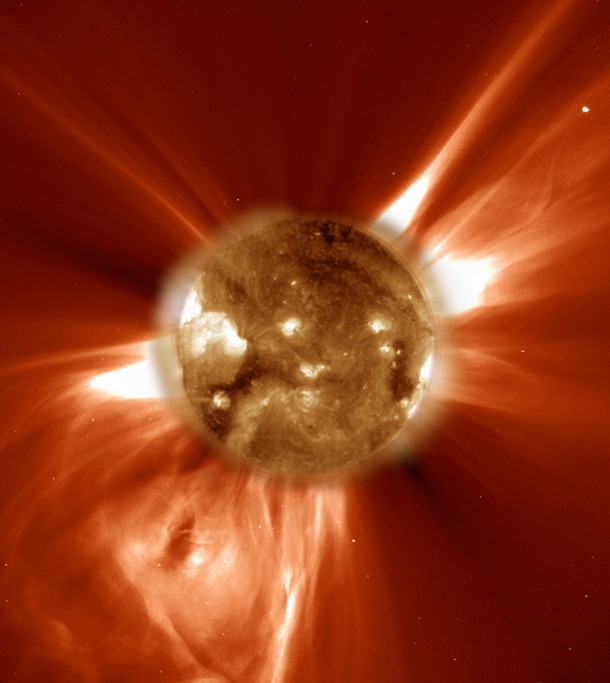Antibiotics Found to Weaken Immune System
When many of us hear the word bacteria, we automatically think of nasty and dangerous little bugs that cause disease and suffering.
But we also carry, in our digestive system, a good amount of what is considered good bacteria.
These benevolent microbes actually help digest food and ensure food’s nutrients are properly absorbed.
They also help the immune system do its job of fighting off bad disease-carrying bacteria.
A new study conducted by scientists at the University of Virginia finds the use of antibiotics, which were developed to fight bacterial infections, can interfere with our immune system’s ability to protect us from disease by reducing the variety of our good bacteria.
Details of the researchers work and findings were published in the journal PLOS Pathogens.
Avoiding the “Freshman 15” Weight Gain
Millions of students are now either starting or returning to Colleges and Universities around the world.
In the US and in Canada “Freshman 15” is a popular expression that refers to an estimated 15 pounds or 7 kilograms of weight freshmen are said to gain during their first year in college.
According to the University of Texas at Austin website, some of the reasons for this weight gain may be due to erratic sleeping and eating patterns, alcohol consumption and the pressures of college leading to stress eating.
Now a new study from Drexel University and University of Pennsylvania researchers provides a possible method for avoiding the infamous “Freshman 15”.
The researchers found that female college-aged students who weighed themselves daily saw their body mass index or BMI drop. Those who didn’t weigh themselves each day saw no such reduction.
Scientists Track Sun Burst Through Solar System
Coronal mass ejections or CME’s are bubbles of superheated gas and highly charged energy particles that blast into space from the sun’s corona or upper atmosphere.
While there are instruments that can keep any eye on CME’s as they leave the Sun and approach Earth – it’s difficult to coordinate various spacecraft and related instruments to track a CME from one end of the solar system to the other.
However, scientists recently took data from 10 different NASA and European Space Agency spacecraft, positioned throughout the solar system, were in the direct path of a 2014 CME and put together a portrait illustrating how solar storms change as they travel through interplanetary space.
Scientists want to learn more about CME’s because they can cause a number of problems here on Earth as they interact with the surrounding magnetic field.
These problems include interfering with satellites, GPS signals, triggering auroras, and possibly power grids.
Huge Volcanic Range Found Under Antarctic Ice
Scottish researchers say they’ve found evidence that the world’s largest volcanic region may be lying beneath the thick West Antarctic ice sheet.
The research revealed 91 previously unknown volcanoes that range from 100 to about 3850 meters in height.
While scientists acknowledge East Africa’s volcanic ridge is currently the densest concentration of volcanoes in the world, researchers from the University of Edinburgh say they found many similarities in the collection of volcanoes in what is called the West Antarctic Rift System.
Analyzing measurements from ice penetrating radar, the researchers were able to look beneath the ice sheet for hidden peaks of volcanic basalt rock, similar to previously discovered volcanoes in the region whose tips are seen above the ice.
The researchers also compared their findings to other geological measurements made by aerial survey and satellite, as well as with various database records.

This illustration compares the four planets detected around the nearby star Tau Ceti (top) and the inner planets of our solar system (bottom). (F. Feng, University of Hertfordshire, United Kingdom)
Astronomers Find 4 Earth-Like Planets Near Sun-Like Star
A team of astronomers, led by the UK’s University of Hertfordshire, say they have found four Earth-like planets orbiting the closest sun-like star.
Two of the four are located in the habitable or Goldilocks zone, an orbital region around its sun where it’s not too hot nor too cold and where liquid water could exist on a planet’s surface.
The team says each of the planets, which has a mass about 70 percent more than Earth, are circling tau Ceti, a star located about 12 light-years away in the Cetus constellation.
If the two planets, initially identified as habitable, could actually support life, the astronomers suggest tau Ceti would make an ideal destination for interstellar colonization.
The downside, however, is the star is surrounded by a huge debris disk, which could reduce the actual habitability of the planets.



























Comments are closed.